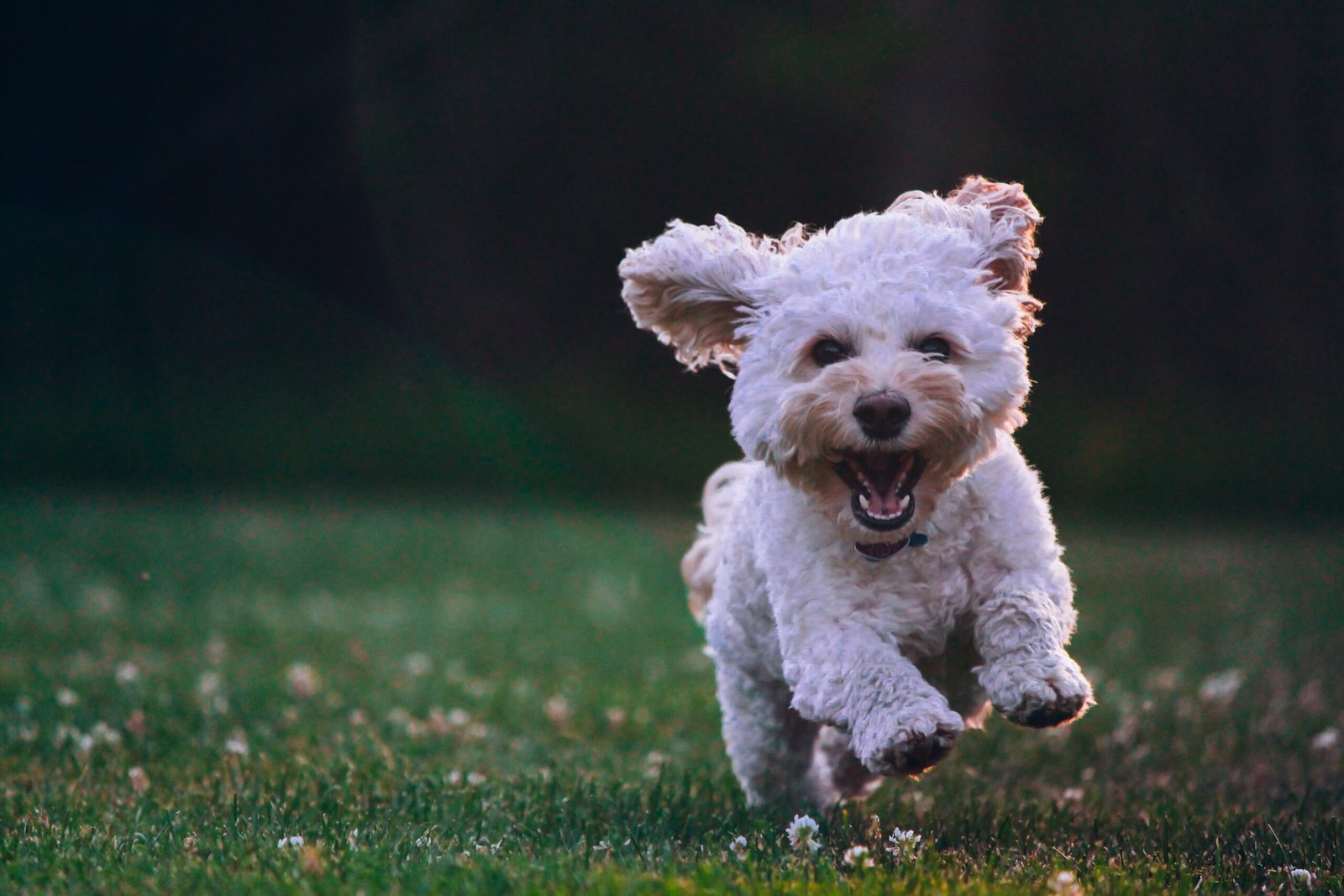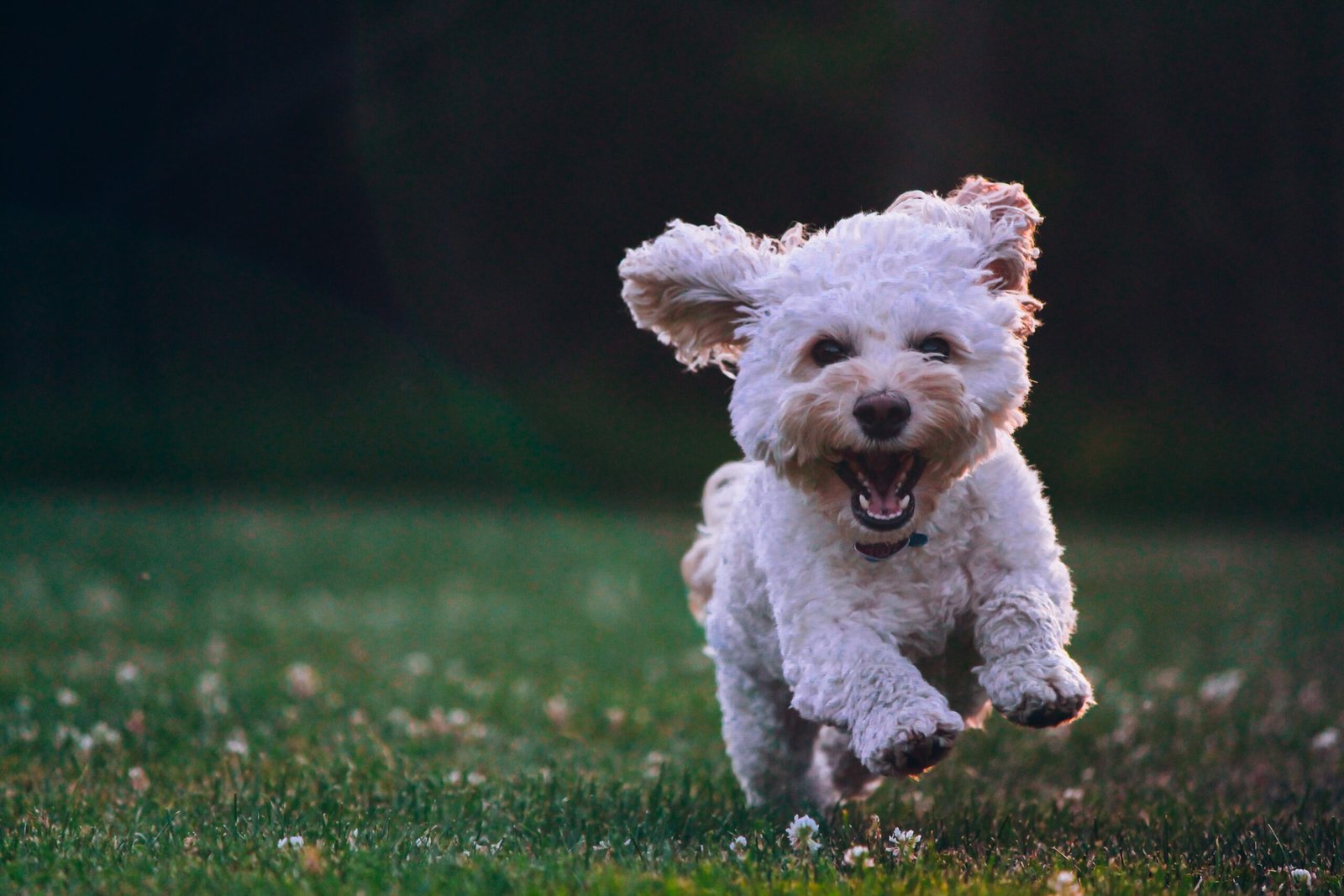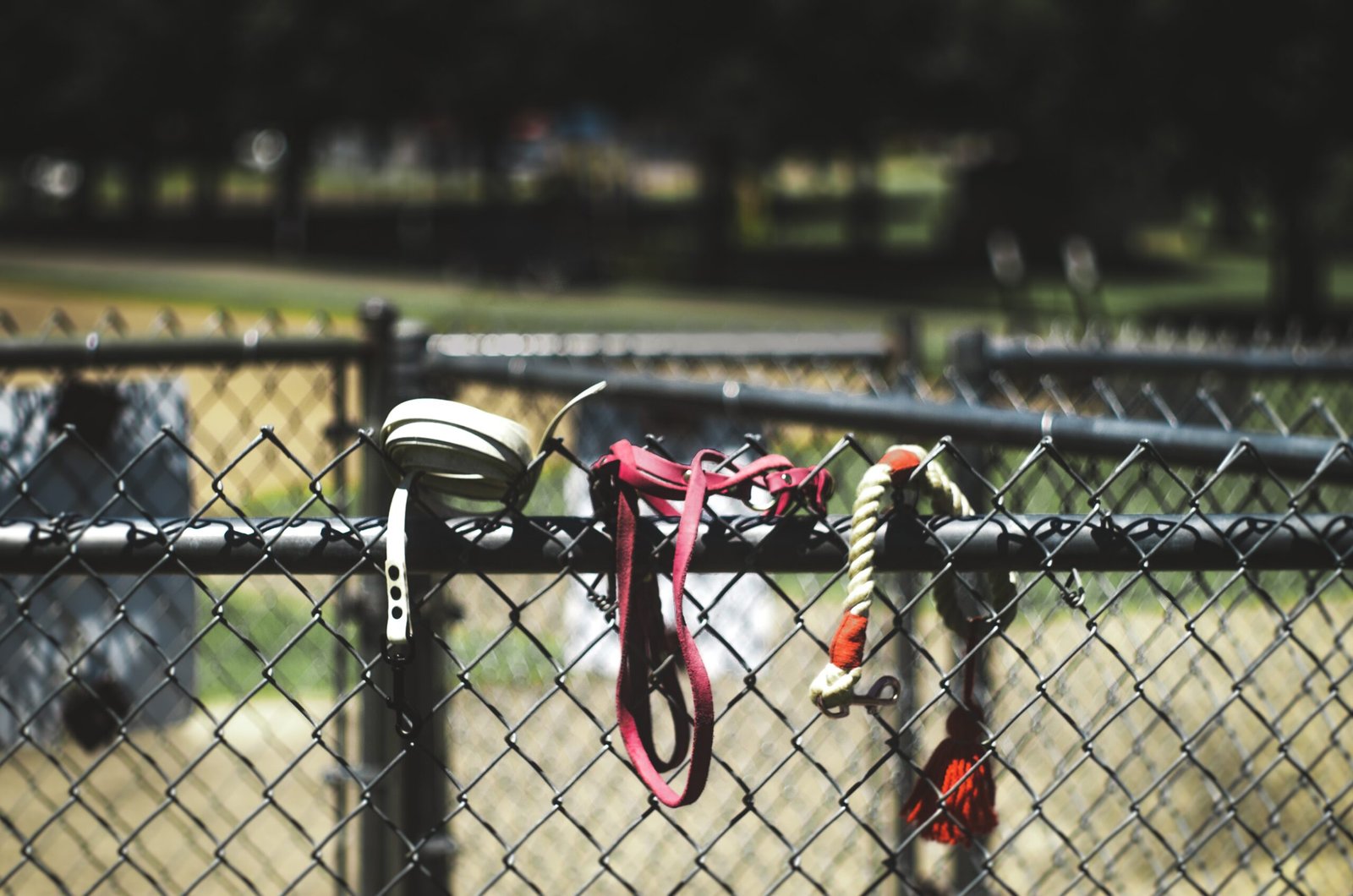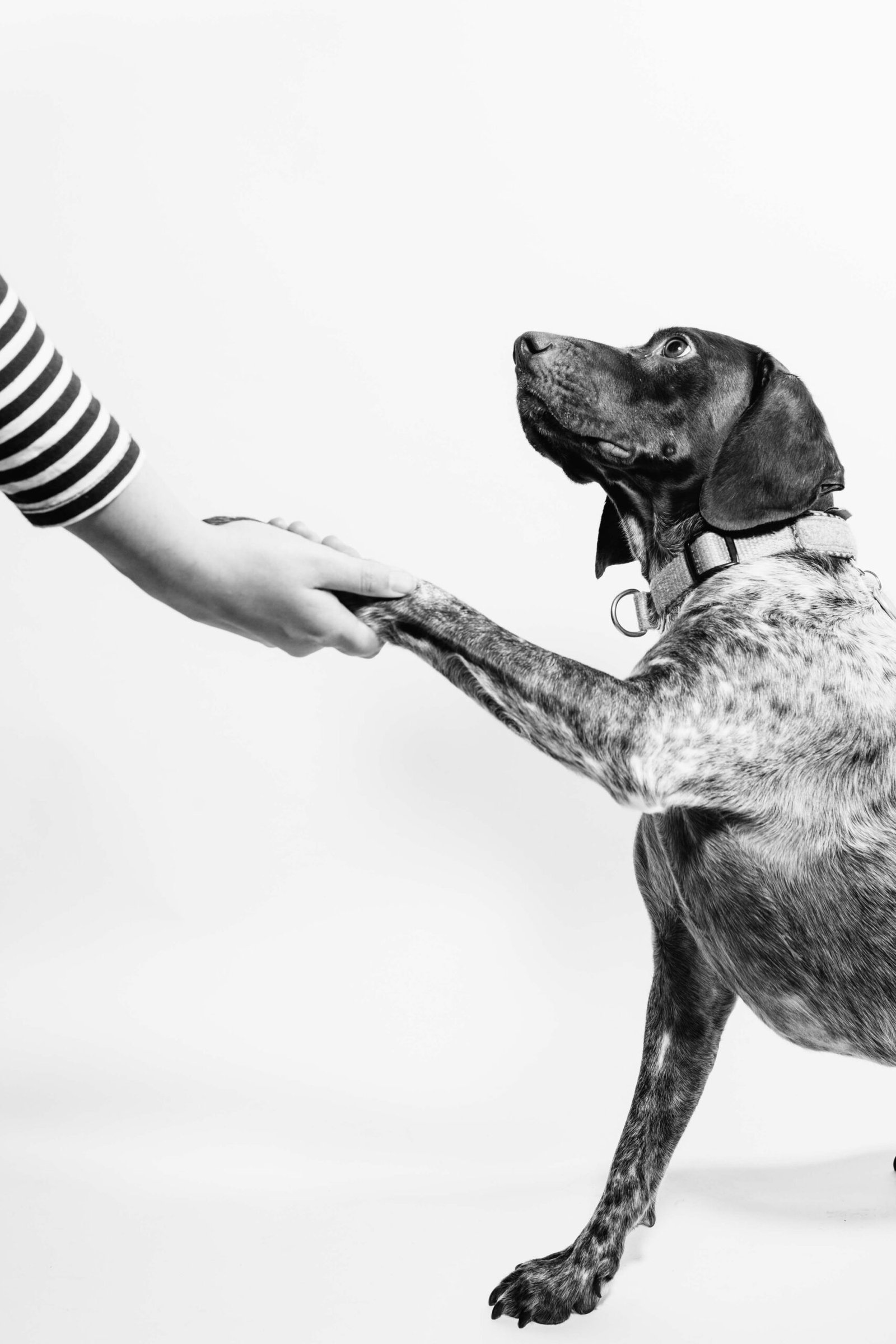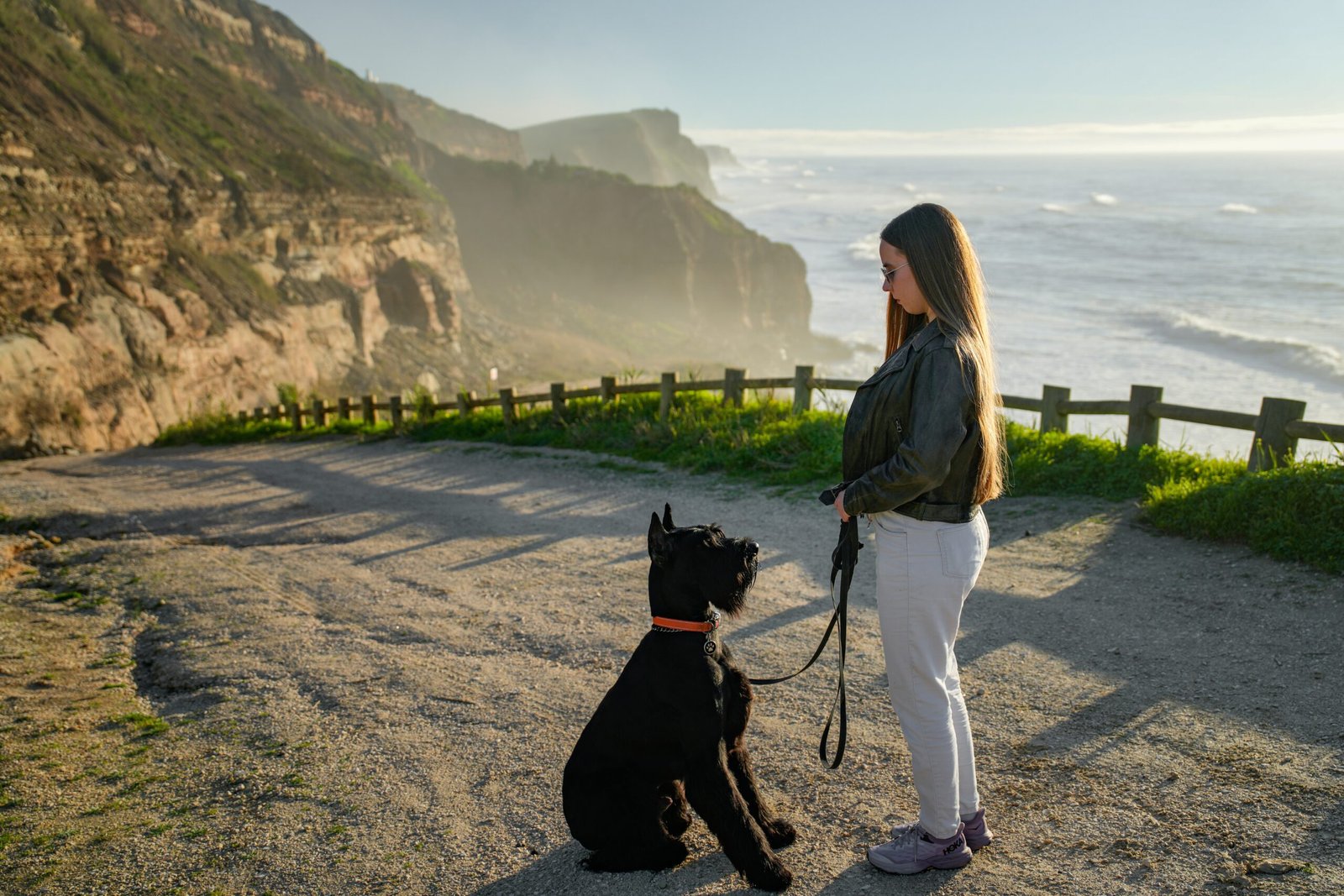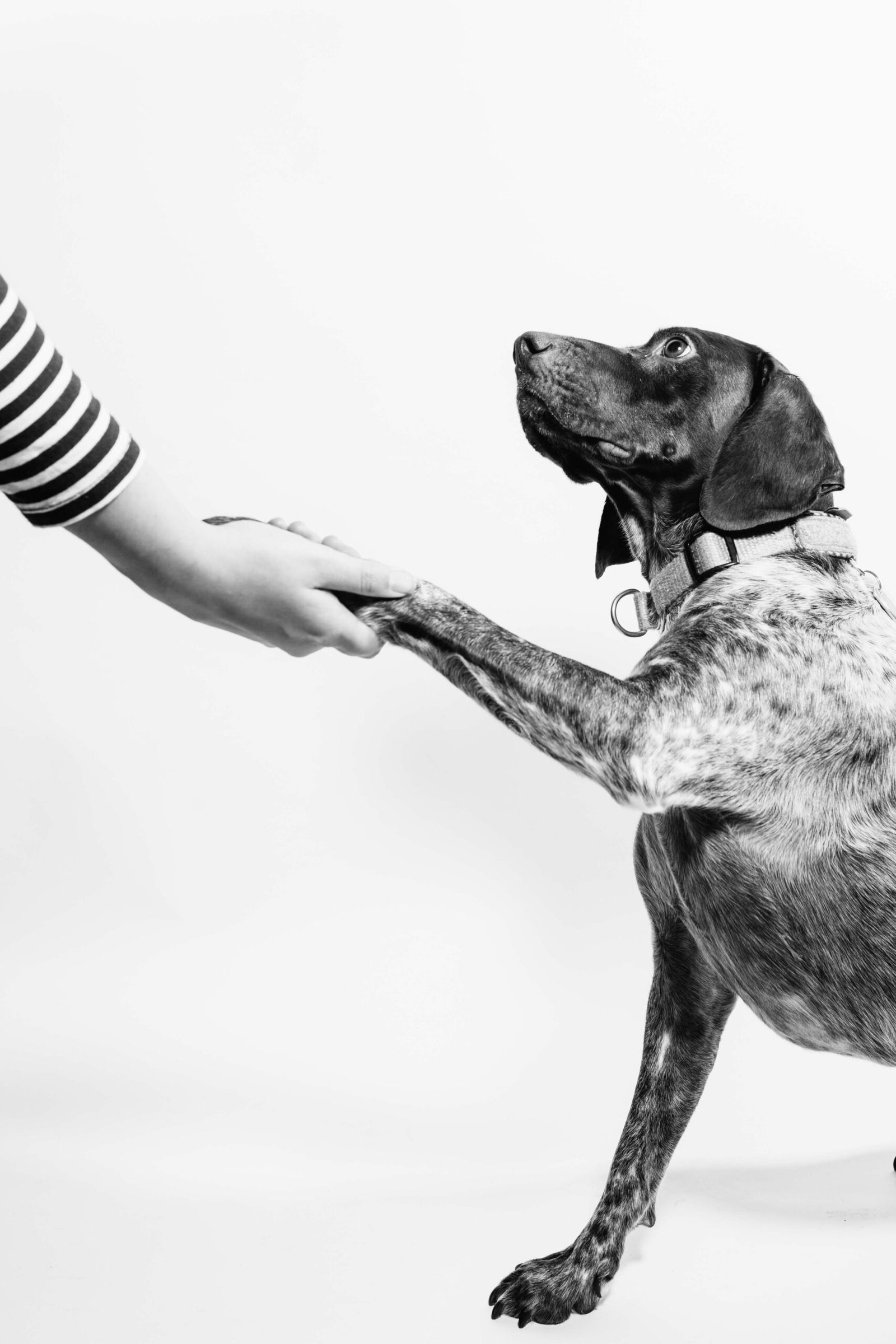The Ultimate Guide to Leash Training Your Dog: Top 10 Tips and Latest Trends
Introduction:
Welcome to the ultimate guide on leash training your dog. Whether you have a new puppy or an older dog, leash training is an essential skill that will make your walks more enjoyable and keep your furry friend safe. In this blog post, we will explore the top 10 tips for leash training, incorporating the latest trends and techniques to help you achieve success.
1. Start Early and Be Consistent:
The key to successful leash training is to start early and be consistent. Begin training your dog as soon as you bring them home, using positive reinforcement techniques. Consistency is crucial in establishing good habits and ensuring your dog understands what is expected of them.
Example: When your puppy walks calmly by your side, reward them with treats and praise. Over time, they will associate walking politely with positive experiences.
2. Use Positive Reinforcement:
Positive reinforcement is a powerful tool in leash training. Reward your dog for good behavior, such as walking without pulling or sitting when you stop. This will motivate them to continue exhibiting the desired behavior.
Example: When your dog pulls on the leash, stop walking and wait for them to calm down. Once they do, reward them with treats and continue walking.
3. Choose the Right Leash and Collar:
The leash and collar you use can greatly impact your dog’s comfort and behavior during walks. Opt for a sturdy leash that is the appropriate length for your needs. Consider using a harness instead of a collar, especially for dogs prone to pulling.
Example: A front-clip harness can help discourage pulling by redirecting your dog’s attention towards you.
4. Practice Loose Leash Walking:
Teaching your dog to walk on a loose leash is essential for a pleasant walking experience. Use the “heel” command and reward your dog for walking calmly by your side. Gradually increase the duration and distance of your walks as your dog becomes more proficient.
Example: Hold a treat by your side to encourage your dog to walk close to you. Reward them when they maintain a loose leash.
5. Gradually Introduce Distractions:
As your dog becomes more comfortable with leash walking, gradually introduce distractions to test their focus and obedience. Start with mild distractions such as other dogs or people at a distance, and gradually increase the level of difficulty.
Example: If your dog becomes overly excited or distracted, use a gentle tug on the leash to redirect their attention back to you.
6. Incorporate Mental Stimulation:
Leash training is not just about physical exercise; it’s also an opportunity to provide mental stimulation for your dog. Incorporate training exercises, such as “sit,” “stay,” or “leave it,” during your walks to keep your dog engaged and mentally stimulated.
Example: Ask your dog to perform a command before crossing the street or approaching a new scent.
7. Stay Patient and Positive:
Leash training can be challenging at times, but it’s important to stay patient and positive. Dogs respond best to positive reinforcement and will be more motivated to learn if they feel supported and encouraged.
Example: If your dog makes a mistake, avoid scolding or punishing them. Instead, redirect their behavior and reward them when they make the right choices.
8. Stay Up-to-Date with Latest Trends:
Keeping up with the latest trends in dog training can provide valuable insights and techniques for leash training. Stay informed about new training methods, tools, and resources that can enhance your training sessions.
Example: Clicker training, using a handheld device that makes a distinct sound, has gained popularity as an effective way to communicate with your dog during training.
9. Use Technology to Your Advantage:
Technology can be a valuable ally in leash training. Consider using smartphone apps or wearable devices that provide real-time feedback on your dog’s walking behavior, distance covered, and calories burned.
Example: GPS-enabled collars can help track your dog’s location and monitor their activity levels during walks.
10. Seek Professional Help if Needed:
If you’re struggling with leash training or facing specific challenges, don’t hesitate to seek professional help. Dog trainers and behaviorists can provide personalized guidance and support to address any issues you may encounter.
Example: A professional trainer can assess your dog’s behavior and develop a customized training plan to address specific challenges, such as leash reactivity or fear-based behaviors.
FAQs:
Q: How long does it take to leash train a dog?
A: The time it takes to leash train a dog can vary depending on the individual dog and their previous experiences. With consistent training, most dogs can learn to walk politely on a leash within a few weeks.
Q: Can I use a retractable leash for leash training?
A: It’s generally recommended to avoid using retractable leashes for leash training, as they can encourage pulling and make it difficult to maintain control. Opt for a standard leash until your dog has mastered leash manners.
Q: What if my dog pulls on the leash during walks?
A: If your dog pulls on the leash, stop walking and wait for them to calm down. Once they do, reward them with treats and resume walking. Consistency and positive reinforcement will help teach your dog to walk without pulling.
Q: Can I leash train an older dog?
A: Yes, it’s never too late to leash train an older dog. The same principles of consistency, positive reinforcement, and patience apply. Seek professional help if you encounter any challenges.
Tips:
– Use high-value treats to motivate your dog during training sessions.
– Gradually increase the duration and intensity of your walks to build your dog’s endurance.
– Be mindful of your body language and voice tone during training. Dogs are highly perceptive and respond to your cues.
Conclusion:
Leash training is an essential skill for every dog owner. By following these top 10 tips and incorporating the latest trends in dog training, you can ensure enjoyable walks and a strong bond with your furry companion. Remember to stay patient, consistent, and positive throughout the training process. Happy walking!
Call to Action:
Share your leash training success stories and tips with us on social media! Let’s help more dog owners enjoy stress-free walks with their beloved pets.

